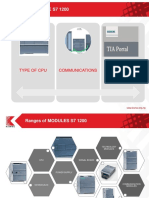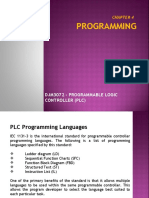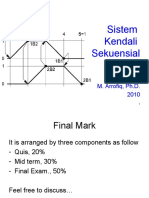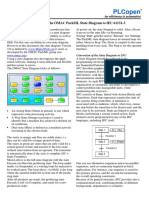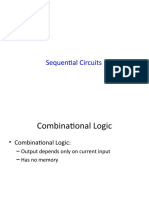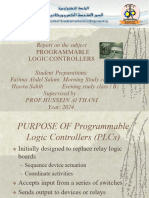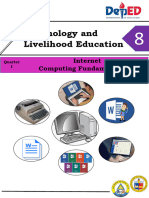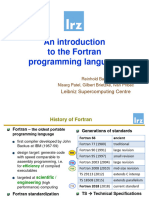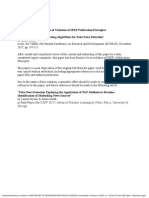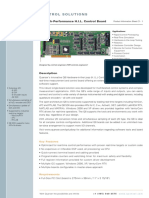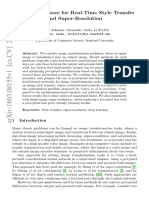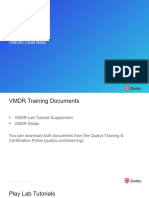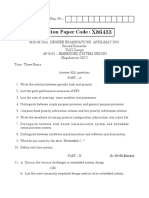0% found this document useful (0 votes)
22 views43 pagesLecture 6
The document discusses sequential logic design, focusing on various applications such as star-delta switching, parking lot control systems, and motor direction reversal using relays. It covers state diagrams, I/O assignments, PLC programming languages, and Grafcet (SFC) for control programming. Additionally, it includes examples of tank filling systems and their state transition diagrams.
Uploaded by
Omar TamerCopyright
© © All Rights Reserved
We take content rights seriously. If you suspect this is your content, claim it here.
Available Formats
Download as PDF, TXT or read online on Scribd
0% found this document useful (0 votes)
22 views43 pagesLecture 6
The document discusses sequential logic design, focusing on various applications such as star-delta switching, parking lot control systems, and motor direction reversal using relays. It covers state diagrams, I/O assignments, PLC programming languages, and Grafcet (SFC) for control programming. Additionally, it includes examples of tank filling systems and their state transition diagrams.
Uploaded by
Omar TamerCopyright
© © All Rights Reserved
We take content rights seriously. If you suspect this is your content, claim it here.
Available Formats
Download as PDF, TXT or read online on Scribd
/ 43

